Donovan, Carl Bernstein and The Washington Post, 50 Years Ago Today
It was 50 years ago today that The Washington Post published a review of Donovan’s concert at the DAR Constitution Hall, written by none other than Carl Bernstein, who several years later would win the Pulitzer Prize and who came to be known as one of America’s most renowned investigative journalists for his reporting of the Watergate scandal, which led to the resignation of Richard Nixon as President of the United States.
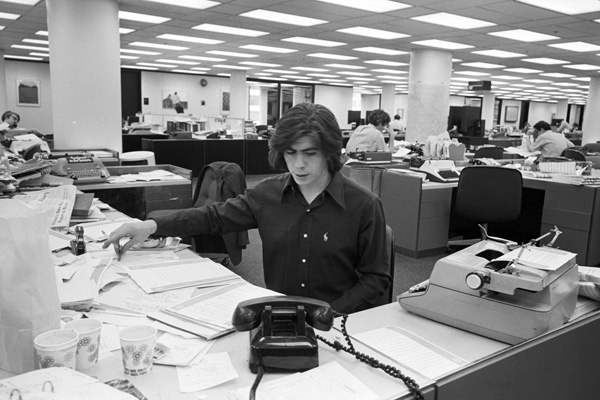 Carl Bernstein at The Washington Post in the 1970s. Getty Images
Carl Bernstein at The Washington Post in the 1970s. Getty Images
I was at Donovan’s concert in 1967, and it led to some remarkable developments in my own personal and professional life. Carl Bernstein wrote in his review of “the incredible musical gifts of Donovan.” Bernstein also wrote of “the sheer fascination of Donovan’s dazzling vocal and instrumental arrangements, the haunting and mystical words to his songs, and his breathy yet immensely soothing voice.”
Bernstein ended his review with these words: “His songs, which blend an amazing amalgam of styles from cool jazz to rock to folk, are among the best being written today. Often the words to Donovan’s compositions assume a quality unmatched by any of his pop contemporaries, as when he sings of “fishing for time/with a wishing line/and throwing it back in the sea.” ‘Days of Wine and Roses’ (unrelated to the other song of the same name), ‘Mellow Yellow,’ ‘The Hampstead Incident’ are among his best. Similarly, his musical arrangements, which combine harpsichord, electric guitar, flute, drums and a string quartet are of unmatched beauty.”
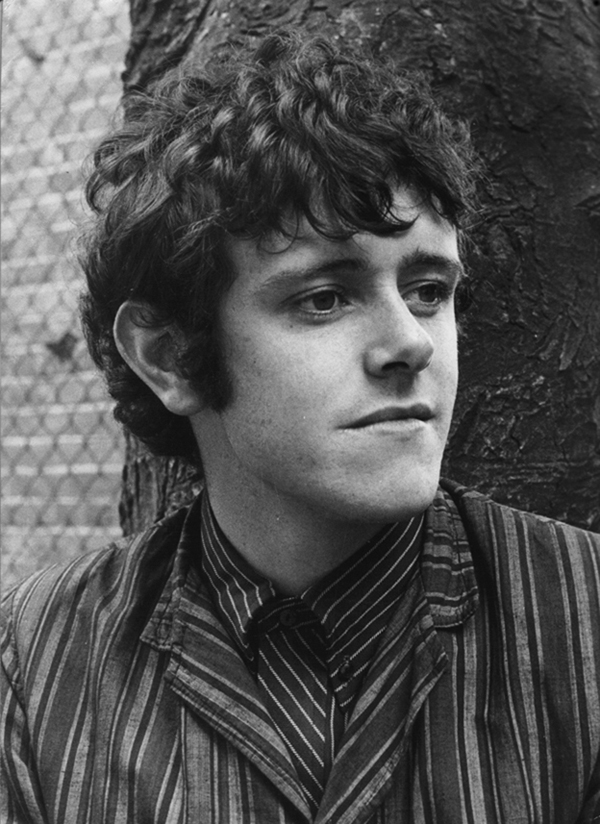 Donovan, copyright Donovan Archive.
Donovan, copyright Donovan Archive.
Bernstein was right. Donovan’s is a compelling and singular voice whose music and songs became a central part of the zeitgeist of our times.
I was not surprised when I watched the just-released documentary film The Vietnam War, by the genius filmmaker and historian Ken Burns and Lynn Novick, that two of Donovan’s songs, ‘The War Drags On’ and ‘Sunshine Superman,’ were used in Burns’ and Novick’s epic film as part of the soundtrack.
The day after the concert, which is the day Bernstein’s review was published, I went to the Mayflower Hotel on Connecticut Avenue, where Donovan was staying, and found myself knocking on Donovan’s hotel door. His father Donald answered the door and I will never forget him, a congenial Scotsman dressed in a three-piece suit with a wonderful timbre to his voice, welcoming me into the hotel suite. He called into the next room saying, “Donnie, there are some fans here to see you.” I was attending Georgetown University at the time and two of my friends from GU were with me. Donovan came out and we sat together in the sitting room of the suite. It was wonderful to be in the presence of the young troubadour and I asked him what music he was enjoying at the moment. He told me he was enjoying a song called ‘Itchycoo Park’ by The Small Faces. Later on, I went to listen to that song and sure enough it was a terrific piece of work by The Small Faces that did embody the joy of those mystical days.
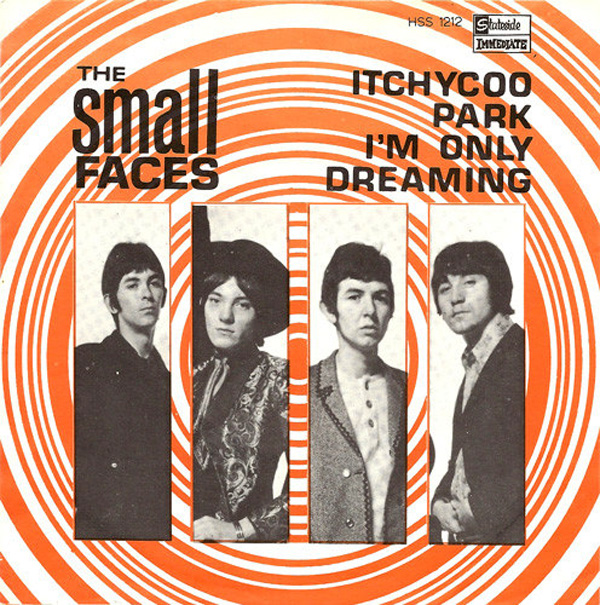 The Small Faces, Itchycoo Park / I’m Only Dreaming, 1967
The Small Faces, Itchycoo Park / I’m Only Dreaming, 1967
I then asked Donovan what he was “into” at the moment and he brought out a copy of a golden-looking hardback book called The Science of Being and the Art of Living by Maharishi Mahesh Yogi. He opened the book and I’ll never forget the peacock feather he had resting on the title page.
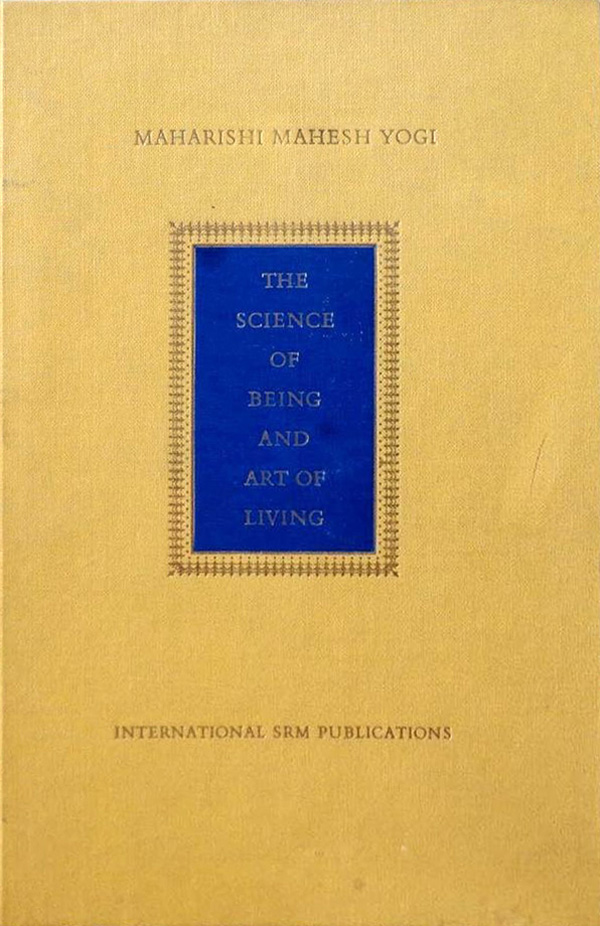 The Science of Being and the Art of Living by Maharishi Mahesh Yogi (International SRM Publications, 1967).
The Science of Being and the Art of Living by Maharishi Mahesh Yogi (International SRM Publications, 1967).
Donovan went on to introduce me to the idea of meditation. He actually drew a sketch of how meditation works through the repetition of sacred sound vibrations or mantras, and how it brought one’s consciousness to a deep and settled place within. He also drew a little rocket and a church and explained how in Western culture, everyone is looking outward to find serenity, but that the real peace is deep within.
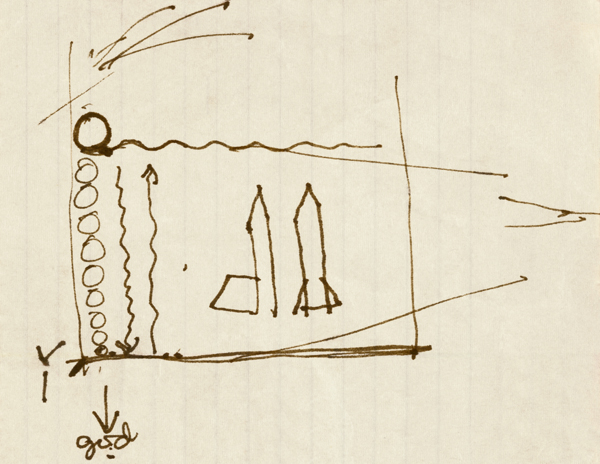 Meditation drawing by Donovan, 1967. Copyright Govinda Gallery Archive.
Meditation drawing by Donovan, 1967. Copyright Govinda Gallery Archive.
I saved that drawing and somehow it survived all my years of moving and change. I present it here as an illustration to this story.
That meeting with Donovan was the start of what has become an enduring association and friendship, both personal and professional.
Govinda Gallery went on to present the first exhibition of Donovan’s Sapphographs. I then produced a festival in County Cavan, Ireland called Donovan Days, which over three days featured a concert, exhibition and screening of the new documentary film Sunshine Superman: The Journey of Donovan about the life of Donovan and his muse Linda Lawrence. More recently Donovan and Govinda Gallery partnered with Harvard University’s Center for Hellenic Studies, creating Sapphofests in Athens, Nafplio and Washington, D.C.
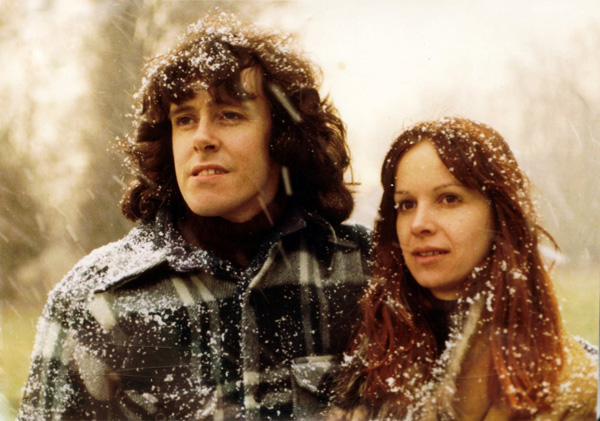 Donovan with his wife and muse, Linda Lawrence.
Donovan with his wife and muse, Linda Lawrence.
It was also my great pleasure to accompany and assist Donovan at his induction into the Rock & Roll Hall of Fame in 2012 in Cleveland, OH.
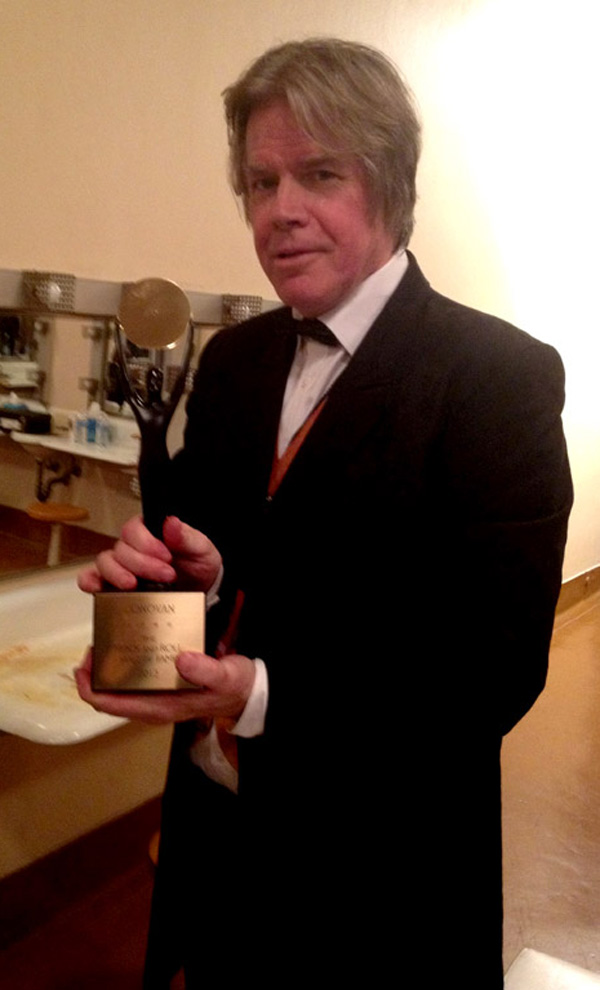 Chris Murray holding Donovan’s Rock & Roll Hall of Fame award after his induction. Copyright Carlotta Hester.
Chris Murray holding Donovan’s Rock & Roll Hall of Fame award after his induction. Copyright Carlotta Hester.
Donovan’s acceptance speech is considered one of the most unique ever presented at the receiving of the Rock Hall award, as he composed an extraordinary poem to commemorate that honor. I present that poem in full:
“From my wandering days on lonely sands
where I sang my song to the moon and stars
To the world’s great stage , hounoured am I
to sing my song to a million fans
Always my wish to be of service
to ease emotion deep in the heart
Always your poet , a shaman am I
to lead us all to the realm within
Yet I was branded for my beauty
yet protected by my art
Many plundered me for booty
only one did steal my heart
How she keeps it in her casket
still remains a mystery
Like the moonrise in a sunset
like the silence of the sea
Thank you for this bright green laurel
resting now upon my brow
Thank you Goddess , thank you Muses
thank you … Fellow Artists All”
– Donovan Leitch
Rock & Roll Hall of Fame Acceptance Poem
Cleveland, Ohio
April 14th, 2012
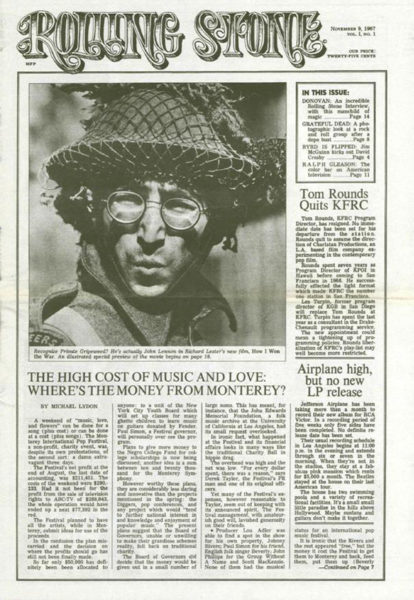
Rolling Stone Vol. 1. November 9th, 1967.
This year is also the 50th anniversary of Jann Wenner’s Rolling Stone magazine. Donovan happens to be the first interview published in Rolling Stone, on November 9th, 1967. The cover of that first issue declared, “DONOVAN: An incredible Rolling Stone Interview, with this manchild of magic.” Rolling Stone has been celebrating their 50th anniversary year with a series of illustrated feature stories called ‘Flashback’. In the first of those stories in the January 12th, 2017 issue in a story written by Andy Green, it says of that historic premiere issue, “At the center was a two-page ROLLING STONE interview with Donovan in which he talked about folk singer Bert Jansch, the hippie movement, and George Harrison’s recent trip to Haight-Ashbury.”
It’s remarkable what can happen sometimes from a brief meeting…like the ripples of a pebble thrown into a pond those fifty years ago.
Donovan and his extraordinary music endure today, as does the extraordinary writing of Carl Bernstein. It’s good to remember these amazing pastimes.
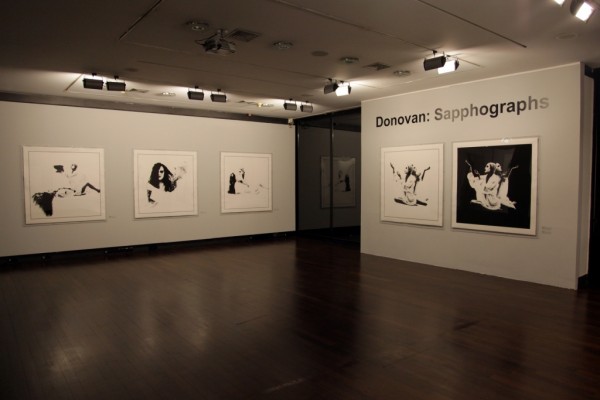 Installation of Donovan’s Sapphographs from Hellenic American Union, Athens, 2010.
Installation of Donovan’s Sapphographs from Hellenic American Union, Athens, 2010.
Donovan’s Sapphographs are available through Govinda Gallery.